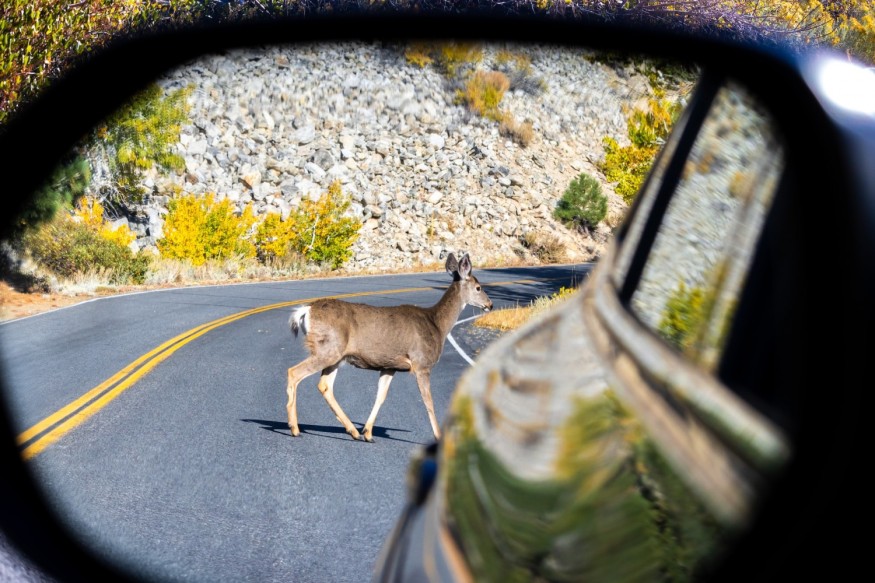Utah plans to construct several solutions to shield migratory wildlife from human interference, including fish ladders, bridges, and fences, which will also lessen the number of times that wildlife is killed in vehicle crashes.
To assist wildlife in migrating safely and subsequently decrease wildlife-vehicle collisions, the Utah Division of Wildlife Resources and the Utah Department of Transportation have already built many structures across the state in 2022.
Migrating Wildlife and the Dangers Along the Way

The Division estimates that 4,900 deer were lost in collisions with cars in 2022. Given the high number of unreported incidents, the number could be higher. Overpasses, bridges, culverts, fences, and "fish ladders," which are devices that offer a detour route for migrating fish over an obstruction, are some examples of structures that facilitate migration.
Wildlife Passage
Since 1975, when Utah made history by building the first wildlife bridge in the US on I-15 near Beaver, 119 structures have been built across the state to facilitate the movement of wildlife and fish.
According to studies, installing fences and crossing structures will cut down on collisions between wildlife and vehicles by 90%.
According to Blair Stringham, the coordinator of the Utah wildlife migration initiative, deer typically travel the same routes each year. The deer frequently tries to cross roads that are intersected those routes, regardless of whether there is traffic. However, merely erecting fences can restrict deer and other wildlife's ability to migrate, and it is impractical to fence every highway in the state. Therefore, it is crucial to install properly placed wildlife structures in these areas to ensure the passage of wildlife.
To better track wildlife and research their migration patterns, the Utah Wildlife Migration Initiative was founded in 2017. Fish tags with implanted transmitters and animals wearing GPS-tracking devices provide the majority of the data.
2022 Wildlife Structures
ABC4 reports that six structures were put in place last year by UDOT and DWR to aid in fish and wildlife migration.
Central Utah. One mile of wildlife fencing was successfully constructed by the partnership on I-80 at Kimball Junction. According to City News Update, a thermal wildlife detection and alert system on State Route 73 and a mile-long wildlife exclusion fence were also constructed as a part of the Eagle Mountain Wildlife Migration Corridor Preservation Project.
Northern Utah. Since it was impeding the migration of bluehead sucker and Yellowstone cutthroat trout, Utah renovated an irrigation diversion system in the south fork of Junction Creek in Box Elder County.
Northeastern Utah. Carter Creek, which flows through the Uinta Mountains, now has a fish barrier built on the East Fork.
Southeastern Utah. Additionally completed were the signs on Highway 46 and US Highway 95 as well as the electric fencing along US Highway 10.
Also read : Woman Driving Kids Home Hits 400-Pound Bear on I-26, Calls for Wildlife Passage After Car was Totaled
Importance of Wildlife Structures
The development of various infrastructure types is taking place all over the world, which is changing the environment. Highways have a variety of negative effects on animals, including direct mortality, decreased habitat quality, habitat loss, and the subdividing of animal species. Vehicle-induced mortality poses a greater threat to species with low reproductive rates and low population densities.
According to World Atlas, for instance, it is thought that 365 million vertebrates per year are killed on US roads. Highways pose a threat to a variety of species, including turtles, reptiles, deer, and amphibians like frogs. Wild habitats that are not connected become isolated regions, making species more susceptible to extinction over time due to a decline in genetic diversity.
Related article : Montana Proposes Fences, Gates, Warning Signs to Curb Wildlife Deaths Caused by Vehicle Crashes
© 2025 NatureWorldNews.com All rights reserved. Do not reproduce without permission.





